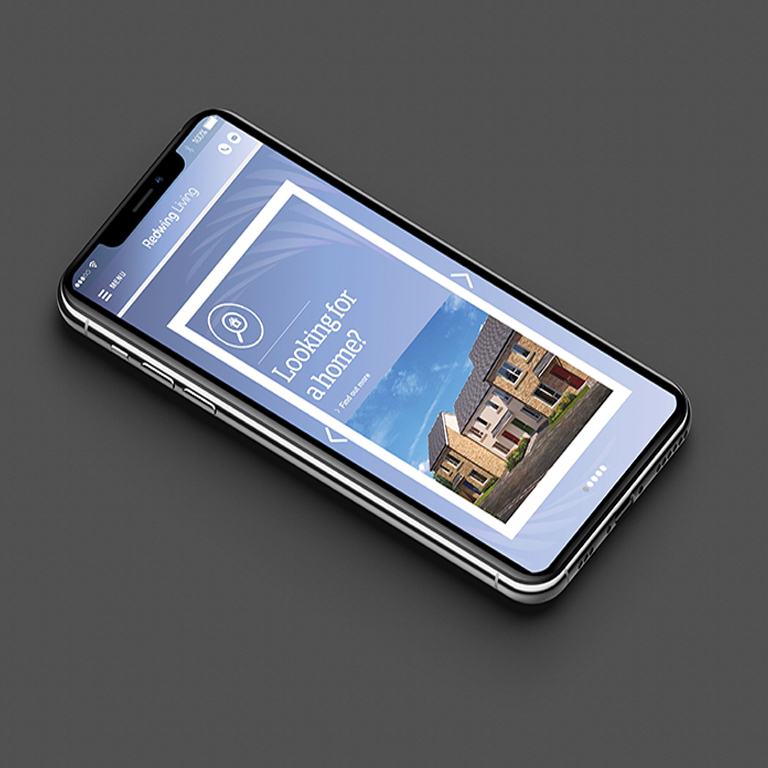Welcome to our digital A-Z jargon-buster as we count down the days to Christmas. 22 is our take on 25 in our Advent Calendar 2020.
Check in every day on our website or across our social media to learn a new word or refresh your vocabulary for websites, branding and marketing - in alphabetical order.
‘Tis the season to share, learn and be merry and we would love you get involved in our Advent Calendar so please share, like and comment!

If your business needs help in unravelling the constantly changing digital world, let us know. Our expert team can help to future-proof your online presence and make a splash through awesome websites, branding and marketing campaign.
We hope you enjoy following our #22daysofchristmas countdown.
Let's start at the very beginning, a very good place to start.
A is for Algorithm: Complex programs used by search engines (e.g. Google) to find, rank and return the most relevant pages for search queries.
B is for Breadcrumb: A text path featured at the top of a web page showing where you are on a site. Thanks to Hansel & Gretel for helping us back home.
C is for Canonical tag: Way of telling search engines that a specific URL (Uniform Resource Locator) represents the master copy of a page. Prevents problems caused by duplicate content appearing on multiple URL’s.
D is for Domain: Name used to identify a website’s unique online space e.g. 22group.co.uk Domains are purchased and registered.
E is for Email marketing: Don’t just email your clients – capture, nurture, convert, retain. Do it right and it can be very powerful.
F is for Favicon: A tiny custom icon displayed to the left of your web address in your browser to help give brand or service identity. We have 22 in a circle. What’s yours?
G is for Goal: A measure of how well your web site fulfils your target objective and represents a completed activity, called a conversion. Do you have your goals set up in Google Analytics?
H is for HTML: Hyper Text Mark-up Language, widely known as the language of the web. HTML are tags or commands informing the web-browser how to present a webpage.
I is for Infographic: A graphical representation of data or information. A great way of creating and sharing interesting content in marketing campaigns and on social media.
J is for JavaScript: Scripting language used to create and control dynamic website content - anything that moves, changes or refreshes on your screen.
K is for Keywords: Specific words or phrases which describe your content. It’s what your customers or potential customers would enter into a search engine.
L is for Landing Page: A specific website page which will show up when a particular link is clicked. Just like the one in our caption!
M is for Meta Description: The small amount of text which is seen on search engines before a site is clicked on. It gives a summary of the web page content.
N is for Newsfeed: Where updates from people or brands you follow are shown. Typically on social media, it will show profile changes, new photos uploaded, etc.
O is for Organic Marketing: When your customers are coming to you naturally without using any paid advertisements to attract them.
P is for Plug-in: An add-on software which brings new functionality to a program or website. It allows customisation, enhancing its capabilities.
Q is for QR Code: A quick response (QR) code is a type of barcode that can be read by a smartphone. Once read, this leads you to a specific website or content page.
R is for Responsive Layout: This is when a website is able to adjust its screen size depending on the digital device that is accessing it.
S is for SEO: Search engine optimisation is the technique of improving your website and its content so that it appears higher in search engine rankings.
T is for Traffic: In relation to a website this refers to the amount of visitors, also known as “sessions”. This is a great way to measure online success.
U is for UX: User experience (UX) refers to the overall experience of the user’s interaction with a product, system or service.
V if for vlog: Instead of a traditional written blog, a vlog is a video blog. Involving filming experiences, thoughts and opinions to share with a wider audience.
W is for Wireframes: Like a blueprint, a wireframe shows the plan for a web page. It is typically not coloured and more to see the layout, features and spacing.
X is for X-Post: Short for cross-post this refers to posting content on multiple platforms, expanding the audience reach.
Y is for Yak Shaving: In programming this is the need to complete a task, to be able to proceed with the next. Like pulling your Christmas cracker before eating.
Z is for Zip File: A computer file that is compressed. By reducing the size it means it takes up less space and is easier to transport.







































